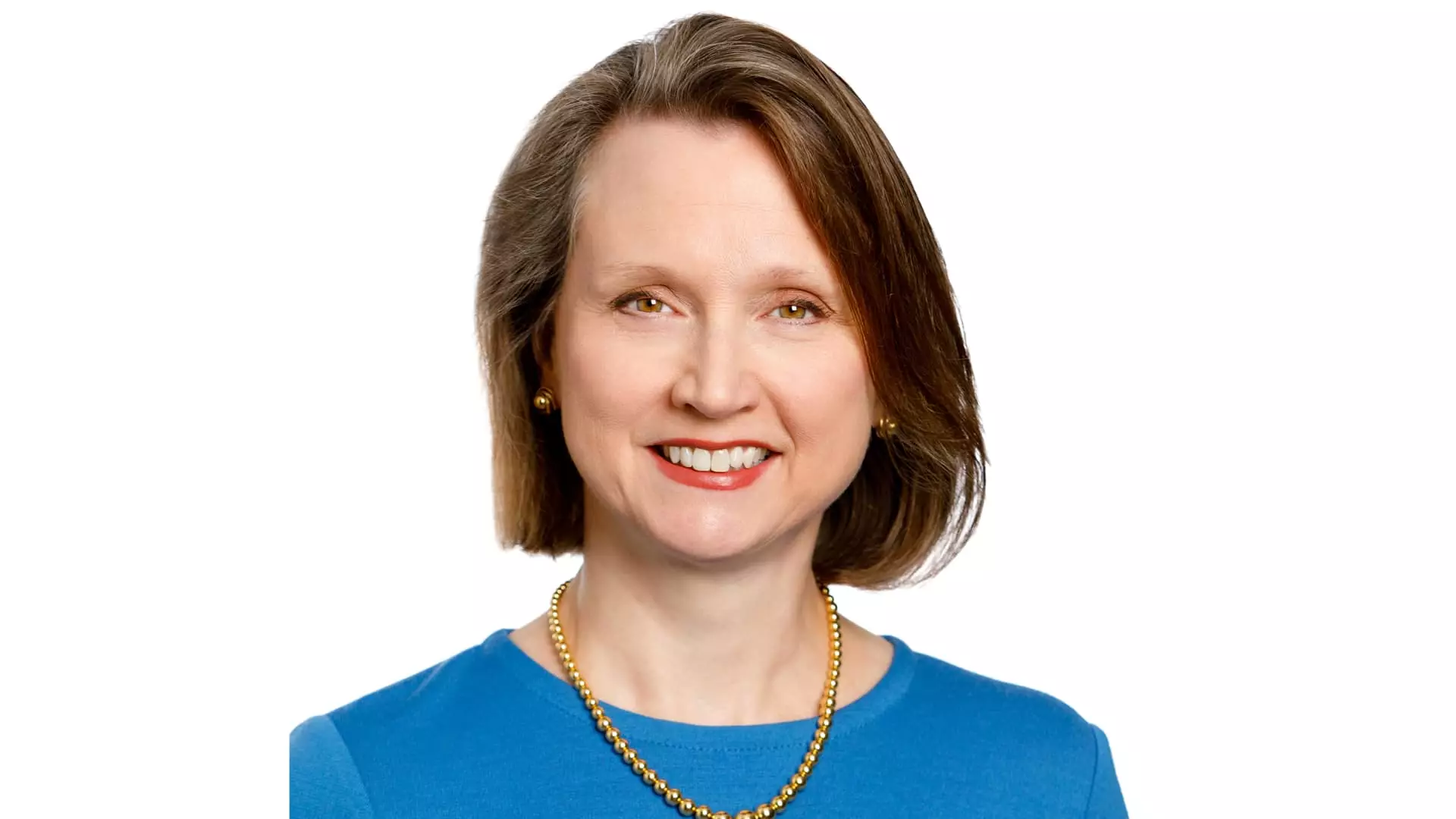Kathryn Glass’s career trajectory is a remarkable testament to the unpredictable nature of professional paths. Initially steeped in the world of Japanese language and literature, she pivoted unexpectedly towards finance, a domain often reserved for those with a more conventional economic background. Her academic foundations—a bachelor’s degree navigated through the intricate scripts of Japanese literature and advanced studies at esteemed institutions—may not appear as the prelude to a high-stakes finance role, yet they equipped her with distinctive analytical skills that would later become her strongest asset.
It’s fascinating how Glass found her calling in the financial sector. She transformed from a literature aficionado to coheading Federated Hermes’ high-yield fixed-income group, a position she attained after 27 years of groundwork. This evolution underscores the importance of lateral thinking and adaptability in today’s world, where skills can transcend rigid industry boundaries. However, one must wonder: how many individuals miss similar opportunities because they are boxed into expectations based on their initial educational choices?
The High-Yield Landscape: Risk vs. Reward
Today, Glass leads a substantial team managing approximately $13 billion in U.S. high-yield fixed income strategies—a role that brings its own galaxy of challenges. In an investment climate where high-yield bonds are often equated with higher returns, the risk involved can sometimes be understated. As she comments on the current market’s tight spreads—essentially the profit margin above risk-free investments—one can’t help but feel a sense of foreboding. It speaks to a broader issue in the financial discipline: the tendency to overlook the lurking dangers when returns appear enticing.
In the approaching shadows of economic uncertainty, her cautious position raises valid concerns. When the sentiment is “priced to perfection,” what happens when a ‘shock’ occurs in the market? It’s crucial to recognize that such complacency can lead investors into a false sense of security. The reality is that no investment comes without risk, and the nuances of the high-yield landscape should not be trivialized. Glass emphasizes a proactive approach, exploring lower-spread names despite them still being part of the junk bond market. This decision reflects a strategic yet guarded perspective that every investor should painstakingly adopt, lest they get swept away in bullish waves that fail to account for the unpredictable nature of economics.
The Dual Nature of Analysis
Glass articulates an intriguing point regarding the duality required in investment analysis—a skill forged in her unique background. In her words, successful analysis does not merely hinge on numbers; it requires deep interpersonal engagement and comprehension of business narratives. This ability to blend quantitative and qualitative analysis is crucial, especially in high-yield investments where understanding a company’s ethos and management philosophy can dramatically influence outcomes.
Interestingly, this strategy separates Glass from traditional investment-grade corporate analyses, leaning instead into narratives that shape bond valuations. The implication here is profound: investing in high yield requires not only statistical prowess but also emotional intelligence. In an era dominated by algorithms and data analytics, reflecting on the human aspects of businesses can offer competitive advantages that might otherwise be overlooked. As investors, we must ask: are we losing sight of the stories behind the numbers in favor of numerical certainty?
Market Positioning and Future Outlook
The present investment environment poses both a quandary and an opportunity—something Glass seems acutely aware of. Her apprehension about inflated asset valuations resonates with a larger sentiment in the financial community; are we riding a wave of exuberance that could crash at any moment? A significant aspect of her approach is maintaining a flexible stance, ready to pivot when the market signals distress. Such vigilance is not just prudent; it’s essential in today’s rapidly shifting financial terrain.
Her advice resonates deeply: be prepared to seize opportunities when they arise, but also remain grounded in a reality where poor decisions can quickly translate into losses. As investors, we ought to cultivate a mindset akin to Glass—a hybrid of foresight and caution, ready to navigate both prosperous and turbulent waters. The unavoidable truth exists that we are all invested in narratives, intertwined with the choices we make, influenced by an intricate web of human decisions.
In the intricate dance of finance and investment, the stories we choose to follow may well dictate our futures, for better or worse. Glass exemplifies a forward-thinking leader capable of not just adapting to today’s challenges, but also laying down the groundwork for the risks and opportunities that lie ahead, making her an insightful voice in the ever-complex landscape of high-yield investments.


Leave a Reply